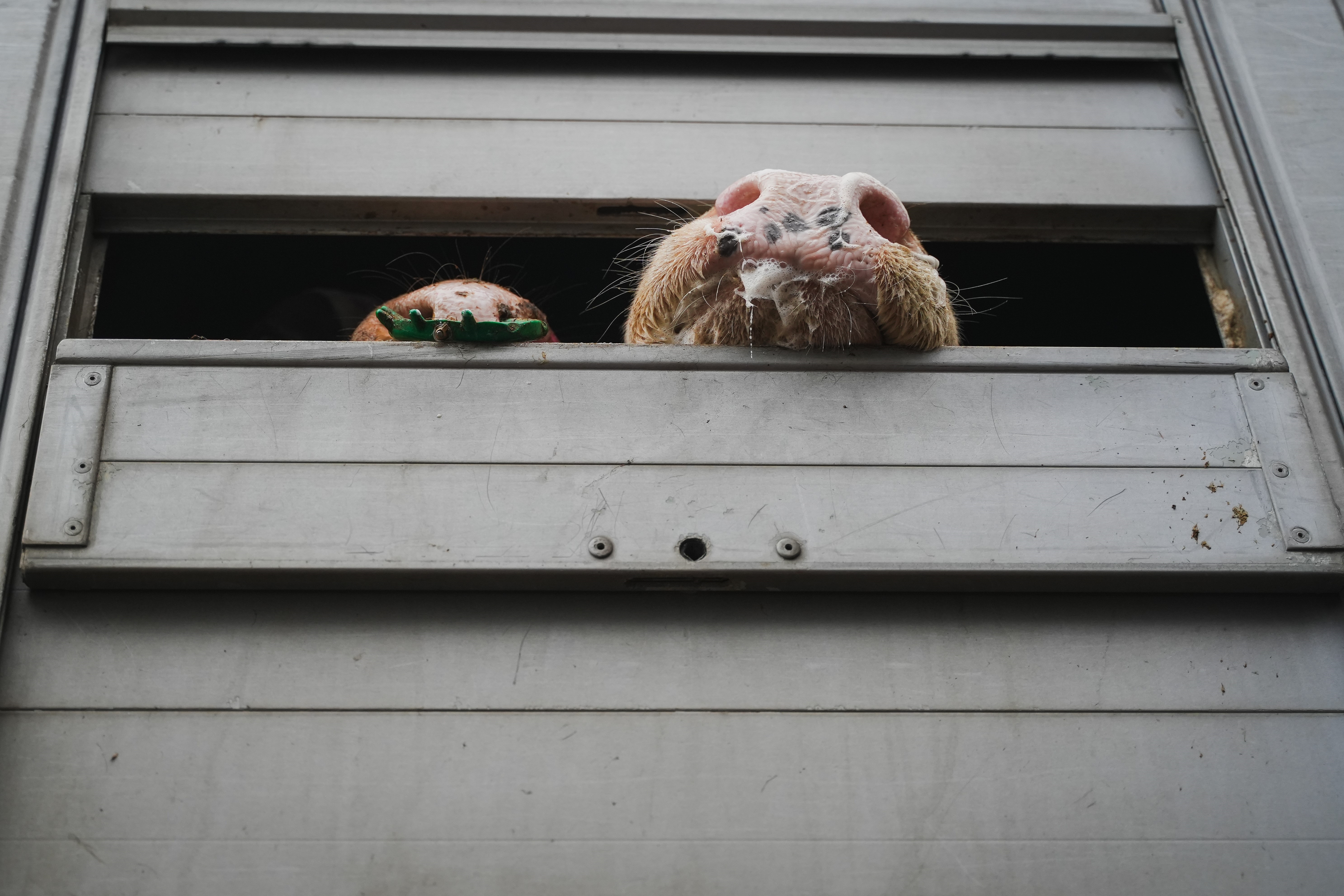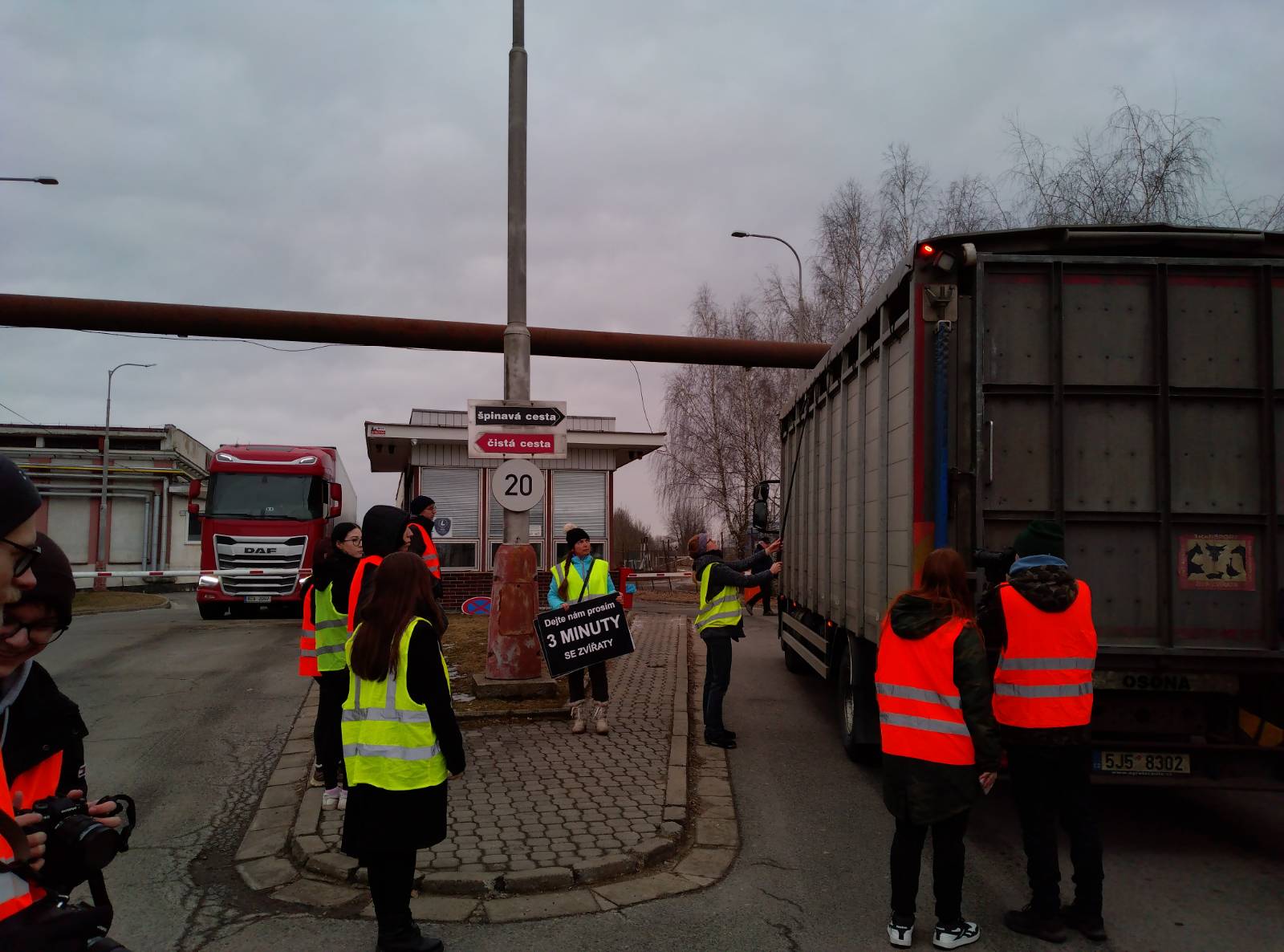I saw you in your final moments and I did nothing
When I watched my favorite documentary, Sonita (2015), for the first time, Sonita Alizadeh was physically present in the theatre with us as we watched her shouting rap lyrics about the horrors of child marriage into a spoon. She was sitting there with us as we watched her quest to record rap as a girl in Tehran, Iran, a country where it is frowned upon for women to sing.

She was sitting there with us as we saw her face her own fate, to be a child bride. As she begged her mother not to sell her into marriage for $9,000. As she begged anyone and everyone, including the filmmakers themselves, to give her money to buy herself time. Money so she could rent herself from her mother for a few more years of childhood.
And she was there with us in the theatre as she took the camera from director Ms. Rokhsareh Ghaemmaghami and turned it around, pointing the camera at the director, who merely by being there, had become part of Sonita’s story. And who, just by seeing Sonita in such a plight, became in some part responsible for Sonita’s fate.
When I first saw Sonita, it was a joyous, triumphant film about a young Afghan girl escaping the clutches of her patriarchal culture. A culture in which girls as young as 9 are married off by their families for cash. It was so damn optimistic, showing how Afghanistan was changing, would change, how its budding democracy would free women from chattelhood. It was a film that left me smiling and clapping with joy.
When I finished rewatching Sonita last year, I burst into tears. It was so bleak knowing that the Taliban, which now controls Afghanistan, has reversed the trend toward women’s rights. It is so bleak knowing that all that hope had been hopeless.

And yet, when that director turned the camera on herself and intervened, she saved Sonita. And even in all this bleakness, the individual matters. Even in a sea of numbers, Sonita matters. And through her act of kindness, Ghaemmaghami changed the world. Sonita’s entire world.
~~
As a Westerner watching Sonita, there is still something unreal about Afghanistan. It is another world. Far away, separated. One over which I have no power, one into which it is not my place to tread.
But in my own country, in a city just a short drive from my own, there is a beige building where our own chattel is taken for sale. The van ride to the slaughterhouse at Kostelec was stiff and sometimes uncomfortably silent. I did not know all of my fellow passengers, but those I knew were normally so warm and friendly, and their sudden coldness came as a shock to me.
People visit the vigil at Kostelec for various reasons: to document the reality of animal agriculture, to show animals kindness in their final moments, to protest the killing of animals. I went as a sort of pilgrimage. In my nine years of veganism, I had never looked a living being in the eye before their planned death.
I am vegan because I want to escape violence, to live a life of peace. I had never in those nine years wished to witness the killing of an animal. And yet I chose to go to that slaughterhouse. I chose to go with an open heart and open eyes. To see what I believe is wrong. To know.
I had not eaten much that day, and as we piled out of the van into the half-frozen mud, I looked for a quiet corner where I might have a snack.
Just as we were arriving, a truck loaded with animals came in. We had arrived too late for this particular truck, and it passed through the gates without stopping for us to say goodbye to its occupants. Did it really matter, though? There would be other trucks that day.
Shortly after it passed, I became aware of an unfamiliar odor, one I would come to recognize as the stench of death. I was glad then, that I had not eaten.
Cars passed by on the busy street near the slaughterhouse, but no trucks were coming. We had a quick orientation where the organizers instructed us how to gather around the transports and shared safety instructions—both physical and emotional. Then we stood by the road holding signs in protest of the slaughter. Mine read “I am a being, not merchandise” with a picture of a cow. Nothing much happened then. Cars went by. Some drivers waved. Some honked. A few shook their heads as if we were the crazy ones. Many ignored us. The stench of death slowly wafted across the street, over the fields, and a nearby pond.
“Transport, transport!” we heard an organizer shout. And we turned and walked quickly back to the slaughterhouse gate. We surrounded the waiting truck, some pointing cameras inside, others offering their hands for the animals to smell. I merely observed from afar.
The truck had metal slats for walls; two of these were hinged open, leaving a crack through which the cows inside could breathe. A crack through which I saw the eye of a living being. Through which I thought to myself, “These are your final moments on this earth.” Through which I saw the foam on your mouth and wondered if you were thirsty, wondered when you had last had the chance to drink.
It was a crack through which I saw you and, I, knowing your fate, began to cry.

Photo by Lukáš Vincour
I remember your eye. Your eye was beautiful.
For three minutes, we looked at each other. Then, an organizer said, “Step back”, an order we had pre-rehearsed. And I stood away from the truck and let it pass.
It was in that moment that Ms. Ghaemmaghami would have turned the camera on herself. Made herself a part of this story. Bribed the truck driver to let you go. And it was in this moment that I stood there and did nothing for you.
~~
Further transports came and went, and I saw the terror and the claustrophobia, the desperate kicking against the metal walls of the rolling prisons.

The sign pointing to the right reads “Dirty path.” The sign pointing to the left reads “Clean path.” The right road transports live animals to slaughter. The left transports packaged flesh.
I used to wonder as a kid why the slaves in America would follow orders. Why they did not rebel. I was not taught in school that they did rebel. I was not taught in school of the thousands who perished in slave rebellions. And just as I was not taught these things, it is possible that you do not know, if you have never been to the slaughterhouse at Kostelec, that these animals do not go gentle into that good night. They fight, they kick, they scream.
In the past year alone, such transports have brought some 250 million cows to their deaths. A number that is ever increasing. An ocean of blood, against which my veganism is more often than not nothing but a castle made of sand.
When I speak to non-vegans about veganism, one of the most common things I hear is that one person can make no difference. I’ve never had patience for this excuse. I always thought, “But if we all went vegan…” or even just “If everyone who feels helplessness were to go vegan…” That it would make a difference. I would get frustrated and angry with people who said they are not vegan because they feel powerless to change anything.
But ever since my visit to Kostelec, I just look at them sadly and say, “I feel powerless too. If I had the power to stop this, I would have done so already.” And for a moment I feel hopeless, but then I remember Sonita. I remember your eye looking through that crack in your prison. And I do not ask myself if this sandcastle is pointless. Instead, I ask myself if I betrayed you when I looked into your eye with an open heart and did nothing to save you. And I know for sure: if in my nine years of veganism I spared even just one being your fate, it was worth it.
Even just one individual matters.